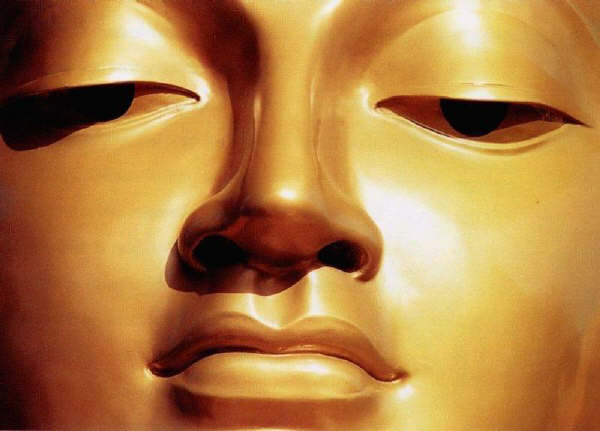Spent the day at a Writing and Meditation retreat on Queens Road in Leicester. The area seems to be a hot bed of Buddhist activity, with at least half a dozen different meditation groups around and about. The day has left me thinking about how writing and meditation combine.
I’ve always made relaxation and visualisation part of my workshops when I teach creative writing, since I first encountered the idea through a workshop at the first Alt.Fiction festival run by Justina Robson. All complex activities require a certain combination of conscious / subconscious, left brain / right brain, mind / imagination, or whichever terms you choose to use. If you watch a great artist, or athlete, or musician in action you can see that their mental state is not normal. This is because they are balancing two conflicting mental states, thinking and dreaming, inside one head. It’s from that Thought / Dream space that all true creativity comes, not just art but science and any other creative acts.
Writing places its own particular demands on the Thought / Dream relationship. To imagine a story requires very deep immersion into the Dream space. But to write the the story you need to access the highest levels of your Thought space. And to write really well, you need to do both at once. Most educated people can do the thinking part, and many can recover the skills of dreaming after their education is done, but to get both of these processes working together can be a great challenge.
Meditation is all about balancing Thought and Dream. There are many techniques, but they all return to the same principle of entering the present moment and awakening to both the outer world and the inner world of thoughts and dreams. Once you learn to bring that state of mind to your writing, as opposed to a purely intellectual approach that is often taught, you find that progress comes in leaps and bounds.
But meditation is not an answer on its own. To make the most of the Thought / Dream space, you need to enter it with a mastery of form and technique. Just as a dancer will practice their moves over and over again until they do them without thinking, a writer needs to learn the tools of their craft – narrative, description, dialogue, scene building – so they can use them whilst in the Thought / Dream space.
Now I’m off to do some real dreaming. Tomorrow is an entire day of writing in the library. Wish me luck.

I need this for my thesis, I think. I would so love it if academic writing would be more accepting of the dreamspace as well as the thoughtspace.
LikeLike
I think academia as a whole faces the challenge of embracing dreamspace. The very best thinkers in all disciplines do so because they see how essential it is, but then you tend to get layers of people beneath who don’t get it (hence why they are in those lower layers). Good luck with your thesis, try and have fun and enjoy it 9whilst still ticking all the academic boxes and getting a good mark of course!)
LikeLike
Thank you – I shall try!!!
LikeLike